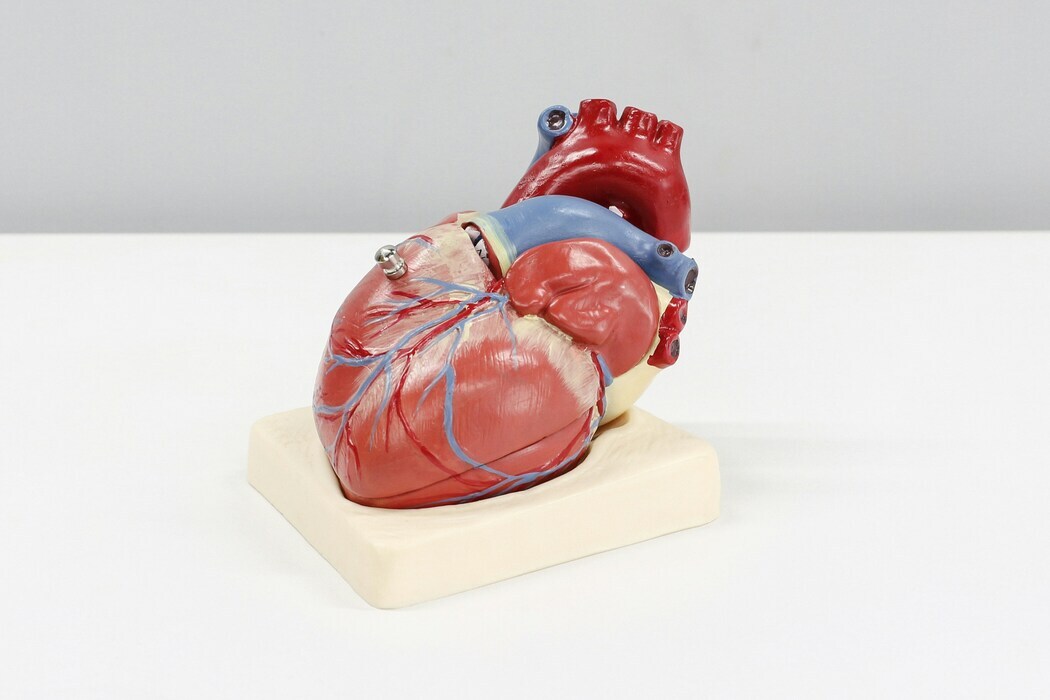
Your Organ May Be Gone, But You’re Still Here!
Have you ever met somebody that only has 1 kidney? It may be surprising, but many people don’t have every single organ they were born with. In fact, 1 in 1000-2000 babies are born without a kidney. It’s even estimated that 1 in 100 people end up losing one of their kidneys throughout their lifetime. You may be wondering how it’s possible for certain people to live without specific organs. This phenomenon is due to multiple reasons. Firstly, evolution has altered how our bodies handle change. Our body’s basic functions have allowed us to adapt when an organ goes missing. In short, the human body has a wonderful ability to adapt to changes that occur inside of it. This allows for survival in situations where an organ is lost. It also turns out that being able to live without an organ isn’t entirely unique to the kidney. There are actually multiple organs in the human body that are not fully required for life. So what organs are you able to live without? Today, I’ll be covering 10 different organs that aren’t required to live. However, to fully understand what organs aren’t required to live, it’s important to look at some unanswered questions like what an organ even is, or why we have them if not all of them are needed.
More on Organs
No, I’m not referring to the musical instrument when I say there are organs we’re able to live without. An organ, by definition, refers to part of an organism’s body that has a particular vital purpose, such as the heart or the brain. Organs are specialized structures in our bodies that handle specific jobs, allowing our body to function. Some commonly known organ functions include the heart pumping blood throughout the body, or the kidneys filtering waste to create urine.

So why do we have them if we don’t need all of them? To put it simply, it’s believed that over time, through evolution, many organs have either lost their function or are no longer as vital as they used to be. This is primarily due to how long the process of evolution takes. Simple evolution, such as a bird’s beak changing shape or the changing color of a moth’s wings, can take up to 30-50 years. Due to this long process, some of these “useless” organs in modern times are believed to be simply remnants of past functions that we have yet to get rid of, with the prime example of this being wisdom teeth in humans. Knowing this, it’s safe to say that almost every organ in our body at one point in time was either necessary for survival or way more important than current times lead us to believe.
Note: Before you continue reading, please note that I am not a doctor, and this blog should not be taken as medical advice. Instead, consider it as entertainment and an opportunity to learn something new, rather than as a source of serious medical guidance. It’s also important to note that every human being is different, meaning that while someone may be able to live without a specific organ, it doesn’t mean the entire population is able to.
Organs You Can Live Without
1. Kidney
As previously mentioned, you can live with just one kidney. The kidneys are incredibly efficient and are made up of millions of nephrons. Due to us having two super-efficient waste management machines, when one kidney goes, the other increases its filtration capacity, essentially allowing it to do the job of two kidneys while still acting as only one. It’s because of the incredible efficiency that we’re able to live with just one. The kidney, specifically, has done wonders for the world of organ donating. If almost everybody has two, and you’re pretty much fine to live with one, it makes an incredibly easy decision for some people to donate one of their kidneys, saving thousands of lives and making the availability of fresh functional organs vast.

2. Lung
Not only is the lung incredibly tough and adaptable, but just like the kidney, the fact that we have two of them means we’re able to lose one while the other takes its place. Many people have even gone on record to live with only one lung. However, unlike the kidney, losing a lung is much more serious. While it is possible to live and thrive with only one, significant lifestyle adjustments must be made. That doesn’t mean it’s all bad though. In recent years, the world has been catering to people with shortness of breath through more accessibility features and adjustments, such as stricter air pollution guidelines, a significant increase in public resting spaces, designated smoking areas away from the general public, and reserved parking spaces. In the medical world, portable oxygen devices and breathing aids are on the rise, and unions have even ensured flexible working hours for those with conditions such as this.

3. Appendix
The appendix is a small structure attached to the large intestine. For years, this digestive organ was considered completely useless, and many people have gone on to live without it. However, more recent research suggests that it may serve an immune function. It’s believed that, due to the appendix containing lymphoid tissue, it has the ability to help fight infection. What was once deemed useless now has a potential purpose, highlighting the incredible way science and the scientific methods are constantly evolving.
4. Gallbladder
The gallbladder is a small organ located under the liver. Its main function is to store bile, a waste product produced by the liver. While the gallbladder plays an important role in the digestive system, the body can adapt if it’s removed. Without a gallbladder, the body simply reduces the amount of bile produced and delivers it to the small intestine in much smaller doses. Losing the gallbladder is a common occurrence, and while the surgery to remove it is serious, the loss of the gallbladder does not significantly affect daily life. After the surgery, most people are able to manage through slight dietary modifications.
5. Spleen
The spleen is a small organ inside your left rib cage that filters blood and makes white blood cells as a part of your lymphatic system. The main reason we’re able to live without a spleen is because many other organs, such as the liver, can take over its main function. Losing your spleen does not mean death. However, you’re more at risk to infections in the future.
6. Tonsils
Removing your tonsils is an incredibly common thing, especially amongst children. The tonsils are two oval shaped lymph nodes in the back of your mouth. Their main function is to filter out bacteria that comes through your mouth and nose. We’re able to live without them because other organs are able to take over, and simply filtering bacteria doesn’t mean life or death.
7. Adenoids
Very similar to tonsils, the adenoids are a patch of lymphoid tissue that sits at the back of the nasal passage. We are able to live without them due to them being more a safety measure, and other organs, such as tonsils, do a very similar job. Unlike tonsils, the general public is a lot less familiar with the adenoids. If you’ve never heard of the adenoids before reading this blog, we’d love to hear from you! Comment down below!
8. Large Intestine and Specific Parts of The Small Intestine
Your small intestine primarily absorbs nutrients from digested food, while the large intestine absorbs water and forms stool for excretion. Both are integral to the digestive process. While in some cases the removal of the entire small intestine can be problematic, specific portions of the intestines and even the entirety of the large intestine can be removed without being fatal. However, just like most organs, the loss of these require a significant change in life style.

Image by OpenClipart-Vectors from Pixabay
9. Reproductive organs
Many reproductive organs such as testes, ovaries, uterus, and prostate aren’t required to live. However, losing these also means losing the ability to reproduce.
10. Pancreas
The pancreas actually has two different roles in the body! One in the digestive system, where it produces enzymes to help digest food, and another in the endocrine system, where it plays an integral role in regulating hormones. While it is possible to live without a pancreas, its crucial functions make it vital for digestion. Without it, proper medication are required to manage blood sugar levels and aid in the digestive process.
Summary
While many organs serve vital roles, not all of them are required to live. For example, we can live with one singular kidney and lung. A lot of the reproductive and digestive organs are also not vital. Even some previously deemed useless organs may have more of a use than we initially thought. It’s honestly really fascinating just how well the human body is able to adapt to change.
Sources: 1, 2, 3, 4, 5, 6, 7, 8, 9, 10, 11, 12, 13, 14, 15, 16, 17, 18, 19
